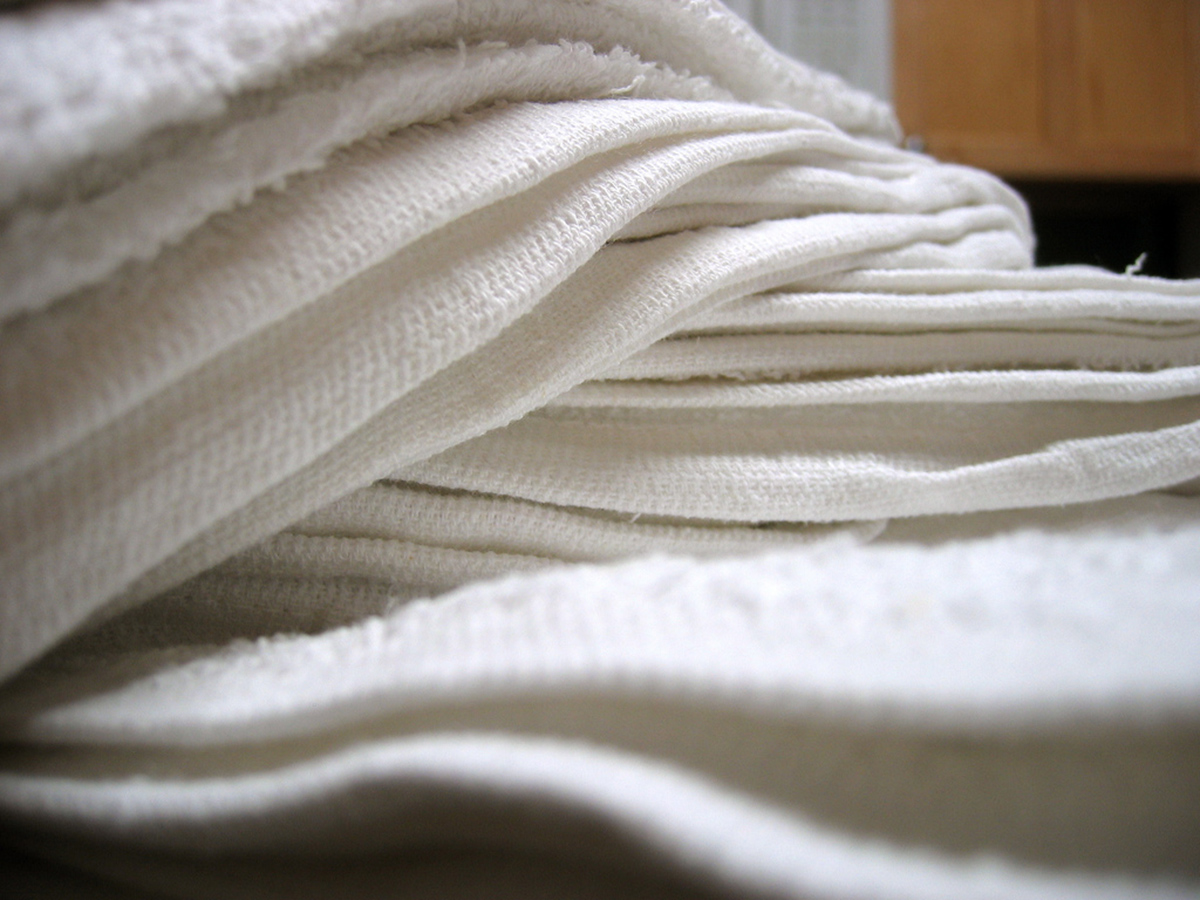Table of Contents
So far we've mostly looked at moves that are best for prefab, for rehab when your injury is getting better, or for improving postural awareness and tightening up posture.

The Towel
The first option is to roll a towel as tightly as you can and put it on the floor, then lie on your back with the towel about level with the base of your shoulder blades. Do a little crunch-like movement and then pull yourself back down toward the floor, trying to get all your spine in contact with the floor. Move the towel up and down you back, trying to get "stuck" vertebrae to start moving again. Don't use excessive force, or view this as an alternative to getting a serious back injury looked at by a doctor, but it can help with kyphosis that's locked in place by spasming postural muscles and free up the shoulder girdle for more targeted rehab work.
The other option is to use the towel to attach your injured arm to your non-injured arm. External rotation is damaged or lost more often than internal rotation, so we'll talk about that. You can do moves like overhead presses or bench presses using the towel as a "bar", concentrating on pulling the towel apart. You can also try moving the injured arm to different positions during the movement and keeping up enough pressure to learn a new movement pattern with the other arm.
The Theraband
These are actually a trade name that has passed into common use. Exercise tubing or an elastic exercise band is often called a theraband. If your physical therapist hasn't given you one and you want one, they're cheap — though check with a professional if you plan to use it a lot in cease it's likely to make your particular injury worse.
Attach the band to door handles (careful!) to practice external and internal rotations (Where's that towel?), and use it like the towel as a more advanced version; because it's elastic, it's harder to cheat. When you do a move like an overhead press with a theraband, the point where the damaged part of your shoulder kicks in will show up because you'll be less able to resist the pull of the band in that area. Gradually move into the difficult range of motion, but always stop if it hurts!
The Broomstick
This is one of my favorite all-round training tools. Start with a broomstick or a broom, with the head on. Grasp it by the end opposite the head and hold that hand about shoulder height, with the broom vertical. Just keeping the balance of an end-weighted object in this position can be challenging for a damaged shoulder, so don't do these drills for long. leave plenty in the bag!
From here, allow the broomstick to fall backward over your shoulder. The other end will appear again outside your hip, pulling your arm back and raising your elbow; by moving your elbow forward and down, return to the first position. Simply repeat this move a few times, watching and feel you your shoulder move and monitoring it for stability as it moves.
See Also: Go Hard Or Go Home Needs To Go Home
The other move is called a flag press. Hold the broom by its base at arm's length, right out to the side and vertical with the head above your hand. Again, this is a stabilization matter — the thing that keeps the broom erect is partly your rotator cuff and the muscles of your shoulder so this is a good way too improve stabilization. Now, bring your elbow in as if you're doing a sideways pushup. Your elbow should finally meet your ribs, without scapular winging or pain. The press the broom out to the starting position.
If you'd like more detail on any of this, or you think I've missed a trick, please get in touch in the comments below!
- Photo courtesy of deb roby via Flickr: www.flickr.com/photos/darinhercules/5337064537
- Photo courtesy of Ross Catrow via Flickr: www.flickr.com/photos/maxpower/2366912009


Your thoughts on this